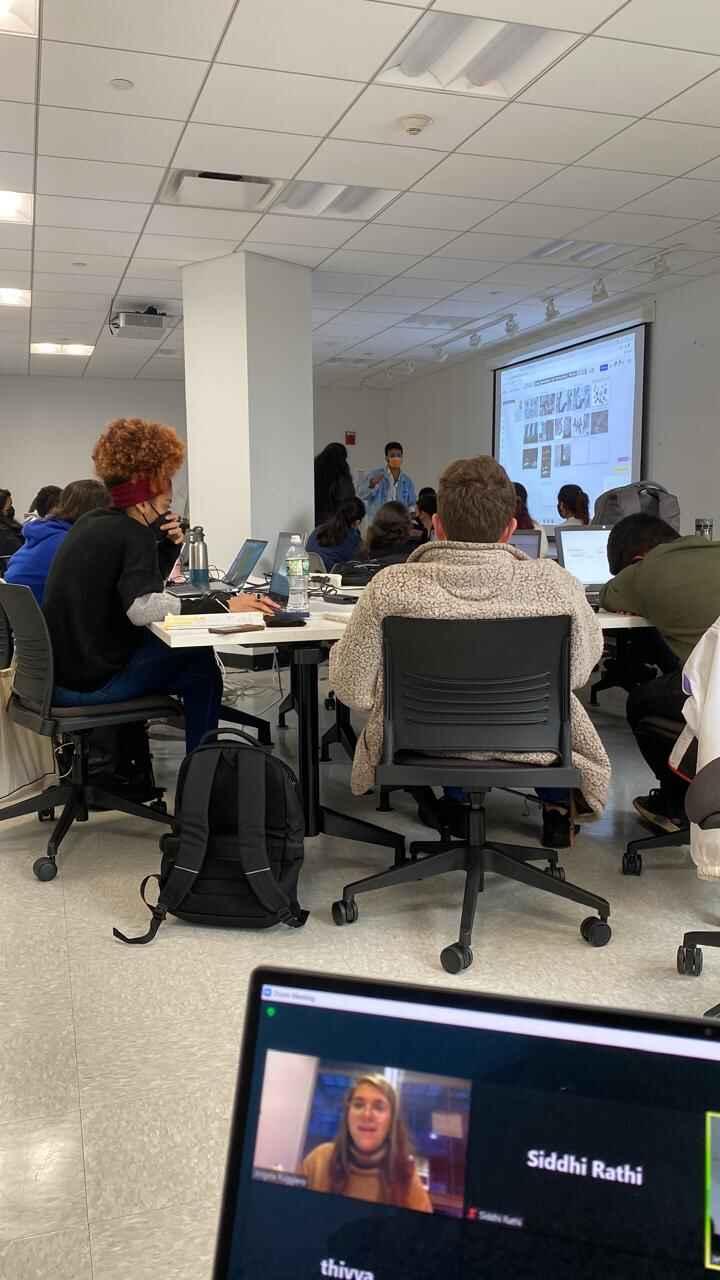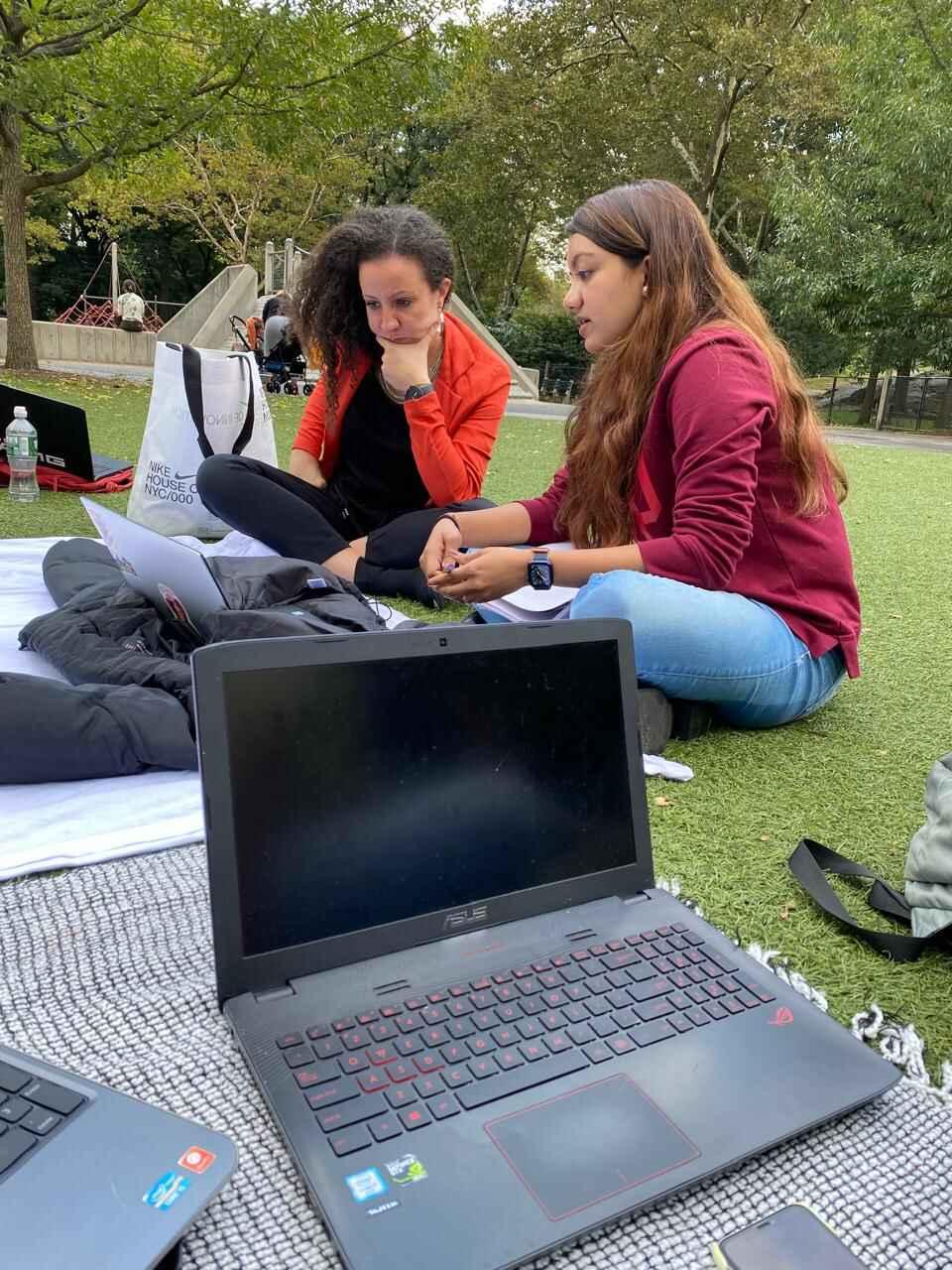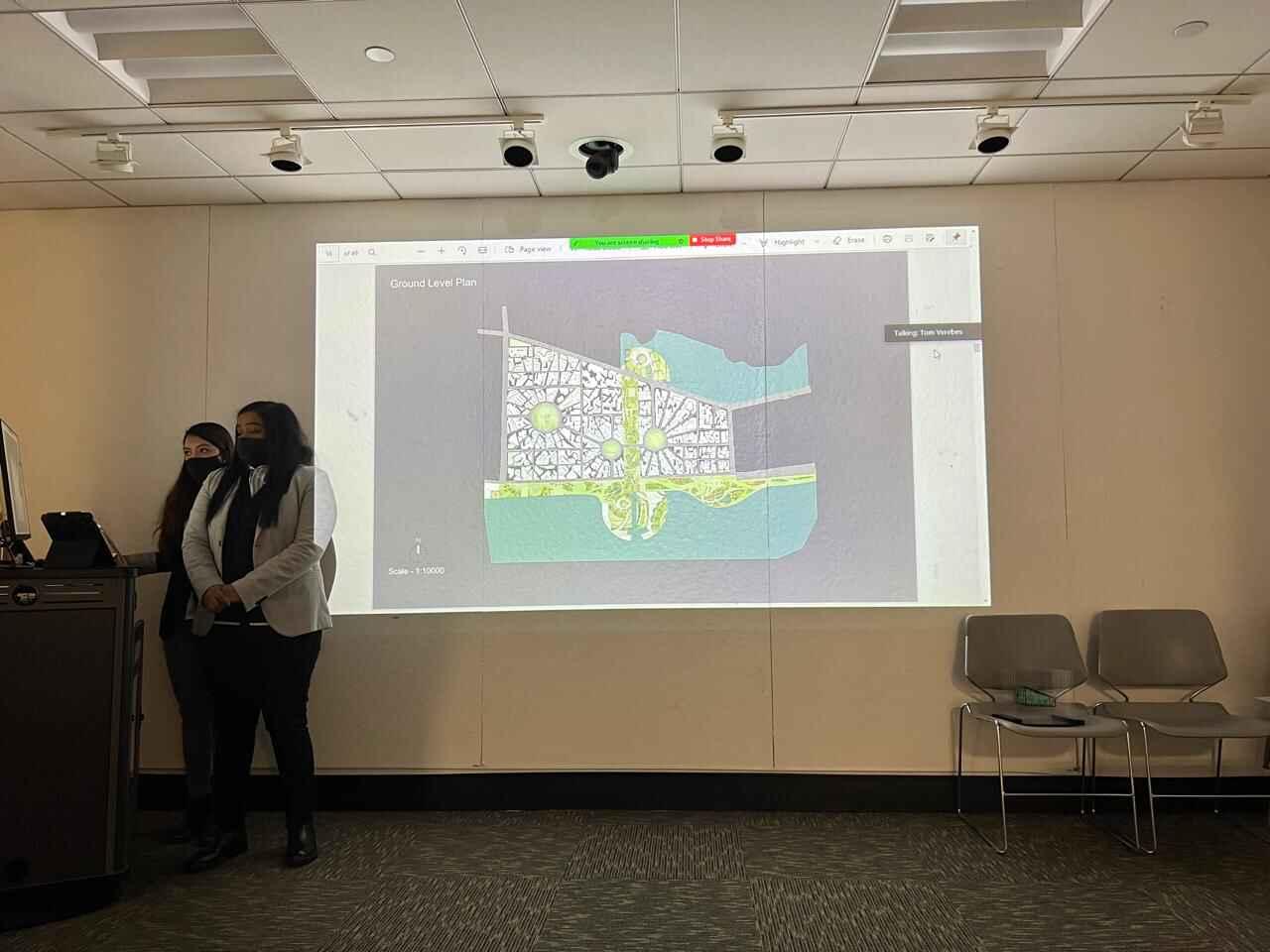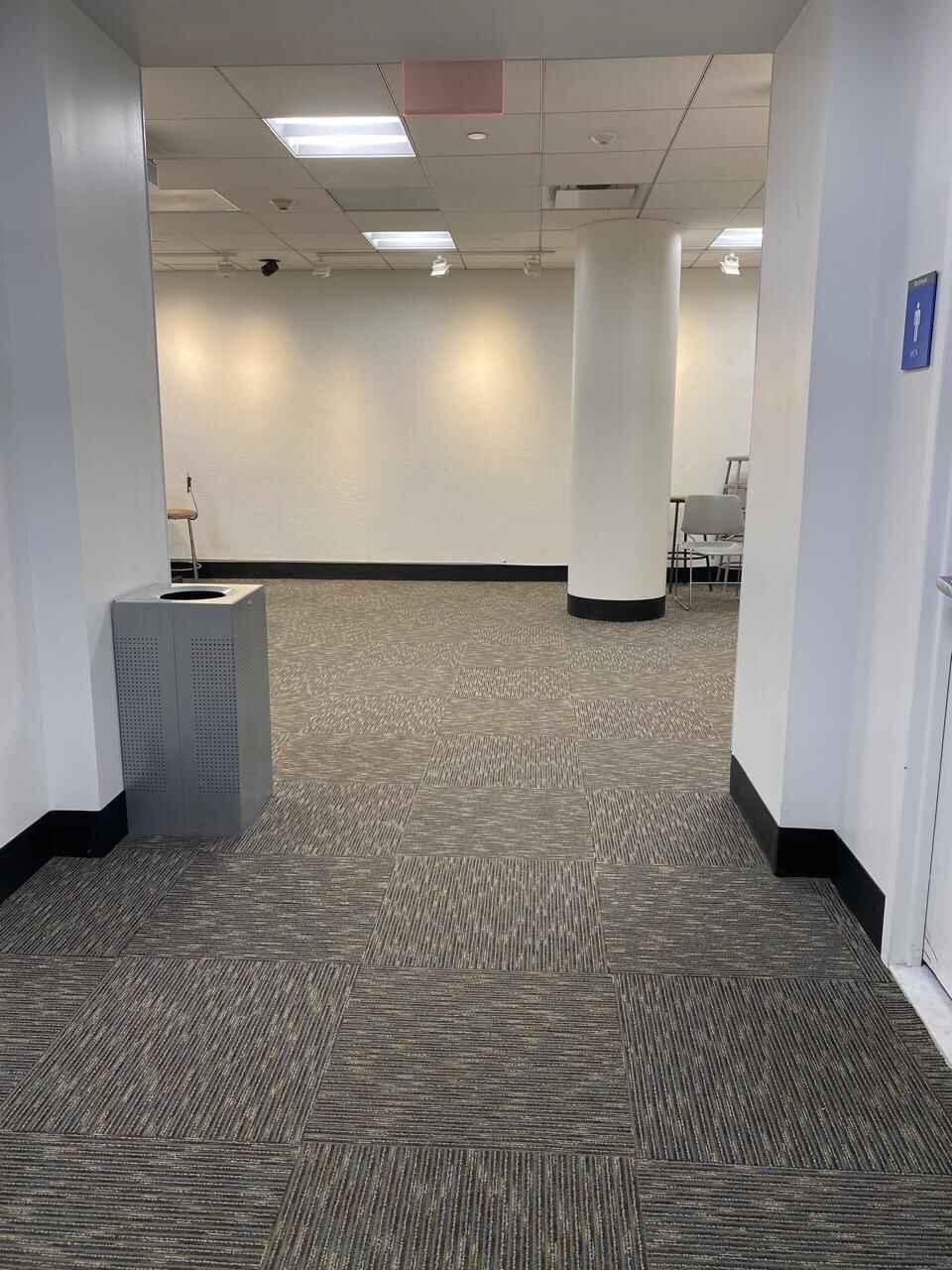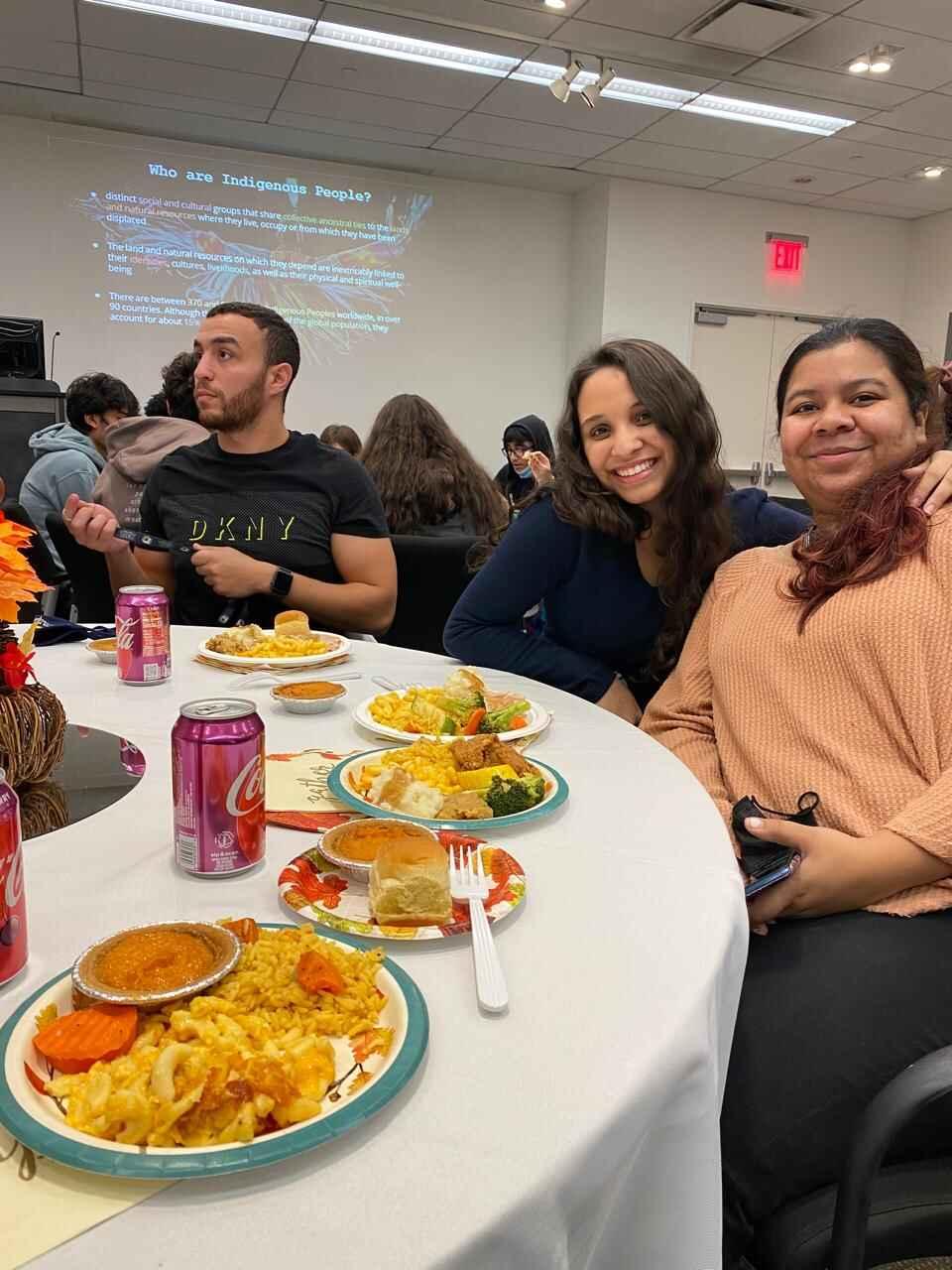What Students Say
Likes
- Great Student to Teacher ratio
- Amazing practical opportunities to work with AIA, practical live projects that professors are working on
- Many options for Research Assistance, Teaching Assistance and Graduate Assistance.
Dislikes
- Lack of career fairs
- Less Diversity, majority of Indian Students only
- Lack of a campus setting, this is in a building in Manhattan which is at a very great location though.
Course Curriculum
- The difficulty level was medium for me; it was a mix of theory and practical projects.
- The positive aspect is that we got to interact and work with various professionals and students across the globe, like NYC, Paris, and Shenzhen. The negative is that due to COVID, we could visit Shenzhen in our third semester.
- There are typically 2 classes scheduled per day; the timing varies as per the subjects.
- My cohort was of 8 people; the next junior cohort was of 32 people. It depends on how many people have applied.
- My cohort had 6 Indian students out of a total of 8.
Admission Experience
-
I had applied to the following institutes:
- New Jersey Institute of Technology - Waitlisted (Course did not have enough applications)
- New York Institute of Technology - Accepted, confirmed admission
- Stevens Institute of Technology - Rejected, low GRE Score
- City College of New York - Accepted, confirmed admission
- Did not apply to any more colleges as I wanted to be in and around NJ - NY Area
- Choose NYIT as it was more accommodating of my visa status. I was on F2 visa when I started my course and eventually moved to F1 status. The dean at the time was really helpful and got me in touch with the right contacts to get my situation sorted. The admissions process needed my portfolio, resume, my statement of purpose and 3 LOR. They also needed financial documents to verify if I would be able to pay the fee. Mine was a very different case scenario and the college made sure I was accommodated and helped in every step of the way and even got me in touch with an immigration attorney.
- I applied to Fall Intake; there is only 1 intake for this course. The course runs over 3 semesters but now I think it has been modified and made into a 1 year, 2 semester course.
- I applied in December and got my acceptance in January. The documents and other formalities took another 15-20 days. The process was fairly quick. There is an interview with the program dean before you get accepted into the course.
Faculty
- The faculty to student ratio is 1:10. which is great as it gives each student personal attention and time to connect with them.
- Teaching methodology is very practical and hands-on with current scenarios and AIA involvement. If you are a great student, they even let you mentor undergraduates in the AIA mentorship program.
- The professors were very helpful in assisting us to find jobs and internships.
- Prof. TOM VEREBES, Prof. MARCELLA DEL SIGNORE and Prof Jeffrey Raven stood out to me the most.
Campus Life
- College has 2 campuses—one in Manhattan and one in Old Westbury. The Manhattan Campus is an urban campus consisting of 2-3 buildings. The Old Westbury campus is huge with lots of activities for students but it is majorly of undergraduate courses.
- There are various clubs for students - SASA is the south asian student association club which often hosts events for festivals and indian students. There are alot of free giveaways and lunches celebrating thanksgiving, independence day etc.
Part Time Jobs
- Typically, 3–4 students get selected for research assistant and graduate assistant positions. There is one teaching assistant per batch who usually has to teach software to junior cohorts or undergraduates.
- There is no pay range for these roles; they usually waive off one credit per semester for these roles.
- Other on-campus jobs are available as an assistant in the laser cutting lab, in the library, and in the cafeteria.
- Most Indian students prefer working as research assistants, teaching assistants, and graduate assistants. You have to have a great academic record to apply for the same. You can get in touch directly with professors and they will gladly help you. Other jobs are also open on the online portal and you have to apply through it. You have to have completed at least one semester to be eligible to work for these jobs.
Placement
- 70% of students got placed in the first 6 months.
- The average salary range was $45k to $55k USD per year.
- Students usually find jobs using LinkedIn, Indeed, Archinect, professor referrals, and networking.
- There was a lack of career fairs in college so it made it harder for us to find jobs, and we had to network and apply to a lot of jobs online. Professors usually helped in recommending.
Accommodation
- I opted for off campus accommodation, using apps like Zillow and Hotpads.
- Monthly rent for me was $1250, which included the house, water, and kitchen appliances.
- One recommendation for students is to join local FB groups, college groups and engaging with seniors to find what the ground reality is before landing in USA. Securing a temp accommodation or living with a friend / senior before getting a permanent accommodation can be helpful to avoid scams.
Exams
- Exams required - TOEFL or IELTS. NO GRE required, but can be a good to have.
- Documents necessary - Resume, Portfolio, statement of purpose, 3 letters of recommendations from your previous professors and your manager / boss if you have work experience, copy of undergraduate transcripts where a minimum of 3.0 pointer out of a total of 4.0 is needed to be eligible.
- Interview is an optional part of the process, the interview is taken by the current director of program. Its is more about getting to know you as a candidate, your background, why are you interested in this particular course and college, your basic knowledge about urban design and drawing parallels and examples.
Fees
- Breakdown: tuition (credit-based); insurance: $1000 mandatory per semester; college fees: $400 per semester. We were charged semester-wise per credit. The course had fixed credits for each semester. Our fees were 1620 per credit for a total of 30 credits.
- Monthly expenses include rent, which will be around $1000-$1200 per month for a private room in NYC OR $800-$1000 per month in Jersey City. Food: $500. Travel: $250. Utilities (wifi, phone bill, electricity, etc.): $100-$150 in a shared apartment. Personal Expenses: $150.
Scholarship
- There are various scholarships and GA, TA, RA roles available which will waive minimum 1 credit fees per semester can go up to 3 credits. I received a graduate assistant role in one semester that waived 1 credit fee and a teaching assistant role in another semester that waived another 1 credit fee. I also received an additional Graduate Scholar Award. Which is granted to students whose undergraduate GPA was a 3.3. To maintain that award the student must maintain a 3.3 each semester. This award consists of a $3,000 per-year tuition-only credit.


